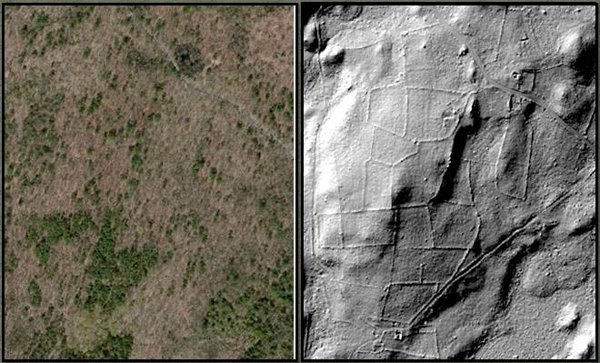 LiDAR and the Archaeology RevolutionAdmin
LiDAR and the Archaeology RevolutionAdminLiDAR and the Archaeology Revolution

There is no doubt that remote sensing technology has created a dramatic shift in the past few years concerning how scientists and researchers gather and analyze information about the Earth. Remote sensing, the use of satellites or aircraft to gather data about objects from a distance, has an almost infinite number of applications. This kind of technology has been used to monitor the environment, map the ocean, explore the Polar Regions, and much more. Now, a form of remote sensing technology called LiDAR is being used to lead a revolution in archaeology transforming how scientists understand human activity of the past.
Changes in how archaeologists study the past are being brought about by advances in LiDAR technology. LiDAR, which stands for Light Detection and Ranging, is a method of remote sensing that uses light to measure varying distances to the Earth. This light is in the form of a pulsated laser, and these pulses can be used to produce exact data about the characteristics of Earth’s surface. LiDAR instruments are made up mainly of a laser, a special GPS receiver, and a scanner typically attached to an airplane or helicopter for use over a wide area.
One of the places that LiDAR is having a significant impact in is the archaeological study of New England. Today, New England is heavily forested, which makes it extremely difficult for archaeologists to get a better understanding of how the region looked in colonial times. During the 1700s, New England was covered with roads, farm walls, and homesteads, but after they were largely abandoned in the 1950s, the forests grew back. Through the use of LiDAR, however, archaeologists are now able to uncover more of this ‘lost’ New England of subsistence farming, something many people have no idea existed.
One of the principal researchers in this archaeology revolution of New England is Katharine Johnson from the University of Connecticut. Her research using LiDAR revealed a large amount of archaeological finds in both Connecticut and Massachusetts, areas that were critical for the earliest European settlers of North America. Johnson discovered sites that weren’t in any historical records, and with GPS coordinates from LiDAR, she says that she can walk into the woods and find building foundations or stone walls that no one imagined would be there. This shift in archaeology has been benefited by improvements in LiDAR technology with 1-meter (3.2 foot) resolutions now available.
Source : GIS Lounge




















